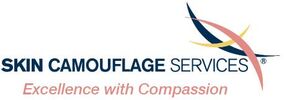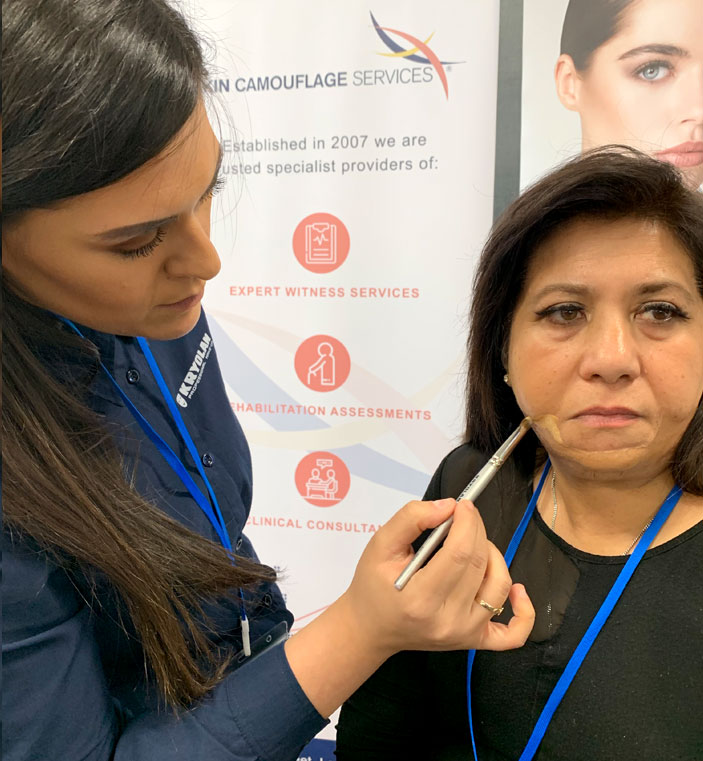|
The beauty industry is unregulated in the UK. This means that whilst there are very many well trained and conscientious beauty therapists out there, technically anyone can work in the beauty industry, open their own salon with little or no qualifications and without proper insurance. As the variety and complexity of products, equipment, and beauty treatment increases, so does the potential for things to go wrong, especially if the therapist is inexperienced or under qualified. When things go wrong clients can be left with distressing allergic reactions, burns, altered skin pigmentation or scarring. Not surprisingly many are calling for beauty industry to be regulated. When things do go wrong, it can often be difficult for those effected to seek compensation. Ever the campaigner for good training, accountability and CPD, and as an experienced Expert Witness in her field, Vanessa recently came across a book called ‘An Introduction to Beauty Negligence Claims’ via the Association of Personal Injury APIL. Before devoting herself wholly to para-medical skin camouflage some twenty plus years ago, Vanessa was as a qualified Beauty Therapist with two well-respected, successful salons. In her role as Expert Witness she has been called upon to give her opinion to the Court when a beauty treatment has gone wrong and advise how skin camouflage can help. With this in mind, she found the book to be of particular interest. Written by Greg Almond, Senior Associate at Rotheras Solicitors, the book provides a practical guide for personal injury solicitors to help navigate their clients through potential beauty and cosmetic negligence claims. The first part of the guide describes the most and least common beauty treatments offered and how they should be performed, i.e. by a qualified and competent practitioner. It goes on to provide guidance on how the particulars of a case should be presented to ensure a justified claim and successful claim. The second part discusses practicalities including the measures the practitioners should be taking to safeguard their clients: pre-treatment questionnaires, patch testing, risk assessments, the provision of proper information to clients and insurance. In addition, there is a helpful resources section which provides guidance to the solicitor in ensuring they have access to the appropriate professionals to provide an experienced, impartial Expert Opinion. We are delighted to say, without bias that Vanessa is included by way of reference in this book. This is truly a testament to her decades of experience both as a Skin Camouflage Consultant and as an Expert Witness. Reference: An Introduction to Beauty Negligence Claims. A Practical Guide For The Personal Injury Practitioner. Law Brief Publishing. Paperback: 978-1-911035-89-3
3 Comments
An exhibiter and delegate on the same day …so let’s set the scene. We were so excited at the prospect of participating in the 2019 Medico Legal Conference we thought the flags were out just for us when we arrived at the station… alas no but we did get to travel up to London on a brand-new train called Azuma! With that and supper booked at the Ivy Café that evening what better start could we have…then the work began, with a team of 5, at Skin Camouflage Services Stand L2! Exhibition: Teamwork with Kryolan UK We invited Kryolan’s Pro Team Educator to join us on our exhibition stand to help with the practical demonstrations of skin camouflage products in relation to our report writing services. We wanted to be able to help both medical and legal professionals visualise the concepts of not only what skin camouflage can achieve to conceal scarring but also the number and amounts of camouflage cream required in relation to an area of scarring. It can be difficult for instructing solicitors on both sides to relate to the skin camouflage process and the quantity of product /costs presented in a medico legal report in proportion to the size of the scar. It has been known for product costs to be put forward in a skin camouflage report that are disproportionate to the area requiring camouflage. We hope our demonstrations at the conference have helped instructing solicitors and medical referees to translate the quantum costs to the actual reality of a skin camouflage application. We were delighted by the buzz that our demonstrations generated! We seemed to capture the curiosity and interest of medics, lawyers and fellow exhibitors alike, so many people came up to the stand to watch and ask lots of questions! We are very grateful to our model who was kind enough to allow us to demonstrate how skin camouflage can help individuals following burn injuries. As a delegate and an expert witness the conference was not just about CPD training (which is crucial in the current climate) but it was about the privilege of being in the company of such eminent speakers who were passionate about so many aspects of medico-legal developments: for me it was How to be a Better Medical Expert, The Lessons to be Learnt and how we see 'The Shape of Things to Come’.
Finally, the day concluded with a champagne reception and the most helpful member of staff at QEII Centre you could wish for …he helped two tired ladies and their luggage into a London taxi. Brilliant! Skin Camouflage Services understand that the complexity of scarring can for some people be of great concern. We know from our 25 years of practical assessments what can realistically be achieved with scars, pigmentation and colour difference. This has led us to form the opinion that the majority of scars benefit from skin camouflage “as long as there’s a colour difference, but this has to include the patient’s ability to manage the application”.
Over the decades skin camouflage has become well known for its support for private patients, NHS patients, rehabilitation and for those that wish to pursue skin camouflage personal injury claims. For those of us that work in this field we know that it is a well-respected recognised profession that stands apart the make-up arena and what we also know, is that self-gratification and claims of covering scars for the benefit of the practitioner is not helpful. Suggestions that all scars can be camouflaged is questionable when the patient is unable to mirror the results themselves furthermore, we also know from the number of skin camouflage assessments that we carry out that some scars simply cannot be concealed for example due to location, the type and formation of the scar and in the absence of scar management. The expert assessment below involved complex scarring in multiple locations. The focus of the skin camouflage appointment was for the patient to be able to choose which clothes she wanted to wear rather than having to wear a particular style of clothes that covered her scars. In addition, it was essential that she could manage her appearance independently. The scarring to the right shoulder displayed multiple colours with particles of black grit which had embedded as the wound healed. Surprisingly the results achieved were relatively quick and easy using the criss-cross technique, however the challenge was for this lady who was right handed was to apply the cover creams to her right shoulder by herself. Whilst the skin camouflage application was successful to all the sites of injury, we concluded on reflection that the help required to assist with the shoulder would likely limit the frequency of use and therefore its effectiveness would be restricted. Therefore, not all medico legal skin camouflage reports can claim that full cost recovery is fair and reasonable. If you would like an opinion to clarify levels of skin camouflage quantum before dispatching legal instructions, please contact us at 10 Harley Street London. |
BlogAt Skin Camouflage Services we are privileged to be able to share our news with you. Search
ConnectCategories
All
Archives
February 2023
|





 RSS Feed
RSS Feed

